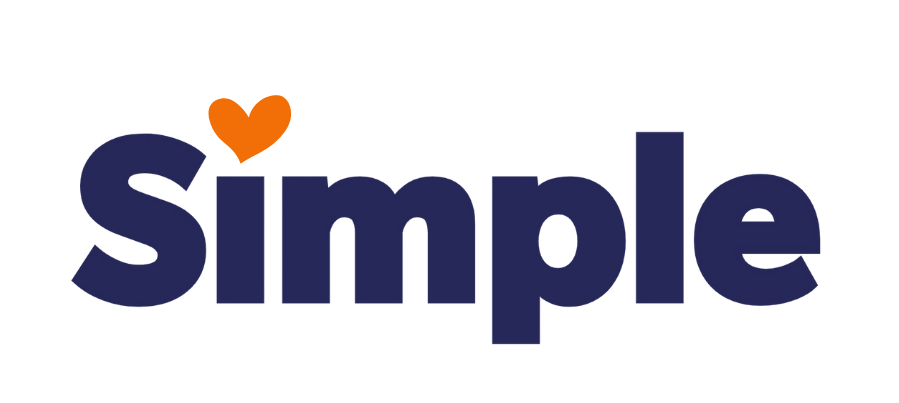Dev Weekly Newsletter
5/17/24
Featuring

Weekly Tips From Your Leads!
Jeff
Be sure to keep an eye out for photos that are not from the United States. Canva has a lot of photos from Eastern Europe that feature different architecture and types of vehicles and trucks compared to the US. One of the most common issues we see is using images of trucks found in Europe.

Please be sure to use only photos of US-style trucks on our sites!
Emma
This week I will give a short tutorial on how to create a white, transparent logo. This is an excellent design choice when creating a site with a transparent header or darker theme. However, not all logos are prime candidates for this process. The logo should have a minimal amount of colors and linework, as well as a decent resolution aspect, for the result to look clean, crisp, and legible. While there are numerous websites and applications that can help you achieve this look, I have found Canva to be the fastest, as well as the most customizable and user-friendly. Start the Tutorial >>>
Nick
The template site business name can often times pop up where you would least expect it to. It's extremely important that we remove all instances of this information, so as a quick reminder, be sure to check the common places that this shows up in—the alt text for the logo in the navbar and footer, the map widget, and the most common place that I find it, in the submission details of contact forms. Be sure to check this, especially before creating dynamic pages, so that it can be easily removed beforehand!
Sophie
As a general rule of thumb, steer clear of any stock photos and video clips that use models doing our clients' jobs. Hands of workers or cropped photos that hide the face and identity of the model in the photo/video can work, but no full frontal images. The attire that the models wear in stock images often does not reflect our client either. Keep this in mind when making your background and greenscreen videos!
Carissa
Implementing micro-interactions is one of my favorite components to add to enhance a website! Subtle animations such as hover effects, fade-in/slide-in entrances, horizontal flips, or color-changing buttons are small, effective elements that elevate the user's experience. Sometimes it can be hard to find creative ways to capture the viewer's attention, so adding micro-interactions can make the website feel more interactive and engaging. These elements can add a layer of movement, which can improve usability by providing immediate feedback on user actions.

